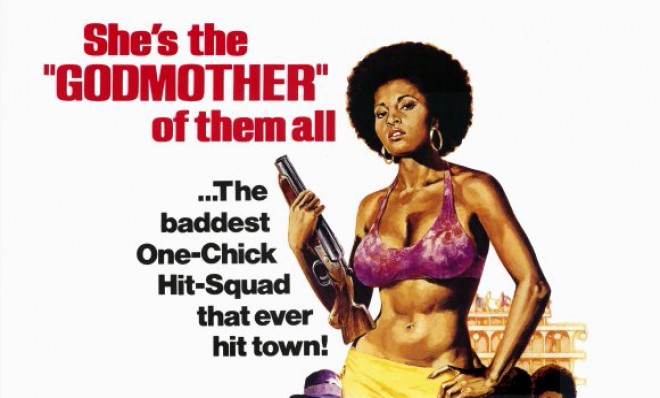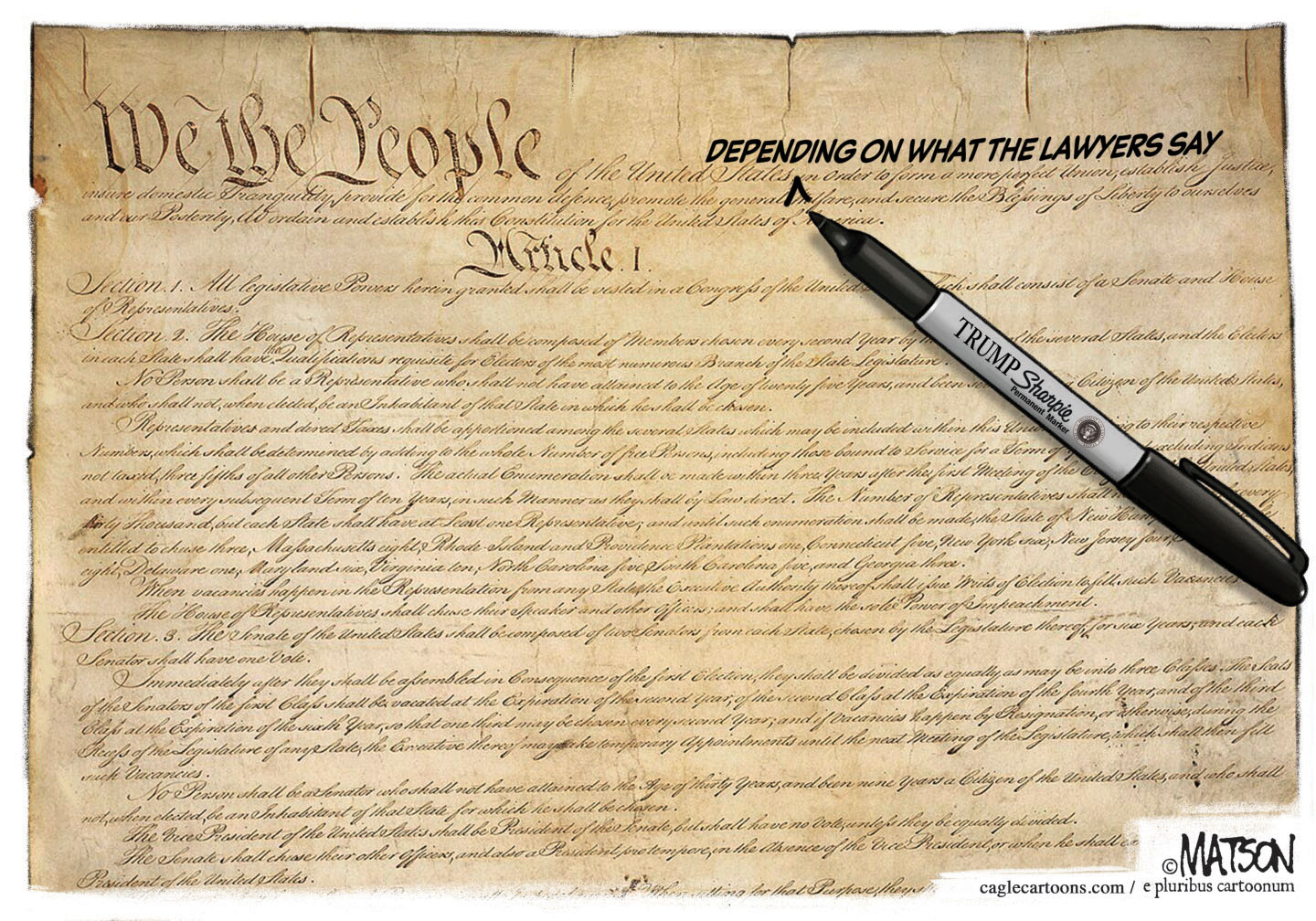Girls on Film: How Pam Grier revolutionized cinema
The Blaxploitation actress rose above the sexism of the genre to become an unmatched cinematic icon of black femininity


The world of female film as we know it today began almost exactly 40 years ago, on June 13, 1973.
It was only a few years earlier that much of America had finally desegregated, the U.S. was backing out of Vietnam, and Roe v. Wade had overturned state bans on abortion. Cinemas were filled with films packed with social commentary (The Way We Were, Soylent Green). Even the barriers of conventional cinema were starting to break; a horror movie (The Exorcist) became the most popular film of the year, and a porno (The Devil in Miss Jones) almost broke into the box office top 10.
And — just outside the cinematic spotlight — the Blaxploitation genre, which offered more starring roles for African-American actors than at any other time in history, was hitting its peak. Richard Roundtree had made a huge splash with Shaft just two years earlier. But the genre was primed not only to diversify cinema, but to redefine how Hollywood filmed women with the arrival of the Pam Grier-starring Coffy.
Subscribe to The Week
Escape your echo chamber. Get the facts behind the news, plus analysis from multiple perspectives.

Sign up for The Week's Free Newsletters
From our morning news briefing to a weekly Good News Newsletter, get the best of The Week delivered directly to your inbox.
From our morning news briefing to a weekly Good News Newsletter, get the best of The Week delivered directly to your inbox.
Fellow Blaxploitation icon Tamara Dobson’s Cleopatra Jones — the first of her two films released exactly one month after Coffy — became a one-hit wonder. But Grier managed to use sexually charged exploitation flicks to her advantage, rapidly rising from bit parts in imprisoned women movies like The Big Doll House and Women in Cages to the title role in Coffy, "the baddest one-chick hit-squad that ever hit town." With Coffy, Grier took the first major step in a career that employed sexploitation and Blaxploitation movies to create a compelling and divisive trajectory of oppression and empowerment. She became cinema's first female action star, its first black female action star, and one of cinema's few headlining female action stars ever.
Unfortunately, you can't dig into Pam Grier's filmography without being exposed to an insiduous rape culture that makes today's society look downright puritanical. The line between empowerment and exploitation is much more blurred than it is with femme fatales. Instead of women cleverly manipulating lustful men, the sexploitation and Blaxploitation genres were a continual battle between subversive female powerhouses and oppressive men bent on sexual domination. Genuinely groundbreaking feminist declarations are routinely juxtaposed with leering men joking about rape and control.
In Grier's early work, women are continually stripped, overpowered, and raped by their male counterparts. What makes these movies worth discussing, however, is the humanity and power Grier brought to her roles, treating her characters as more than B-movie blips. Grier's complex performances expanded the focus beyond her films' blunt sexual audacity. Looking back at the many progressive elements of her so-called schlocky films, Grier's work doesn't seem so sensational in an industry in which actresses strip their way to success. "We've got $20 million actresses today who are nude in Vanilla Sky, nude in Swordfish. So what did I do different? I got paid less, but that's it," she once told The AV Club.
Though the genre remained controversial — a short-lived "Coalition Against Blaxploitation" was even formed — it's understandable that Grier found power in a format many found demeaning. The actress was a product of strong women, questionable men, and racial struggle. In her autobiography Foxy: My Life in Three Acts, Grier reveals that she was an outgoing girl who turned into a shy stutterer after she was raped, for the first of two times, at the age of six. She later found a voice as a military kid in the U.K., in what she calls a "global society," but suffered increasing shyness after her father left her family and racism cut her off from childhood lessons and experiences. Grier witnessed abandonment, alcoholism, violence, and racism. But she was also the product of a fiercely matriarchal family that stressed the importance of self-sufficiency. "My mom had drummed it into me that getting a diploma was the most important insurance policy I could ever have because it led to independence and possibility," she writes.
Sign up for Today's Best Articles in your inbox
A free daily email with the biggest news stories of the day – and the best features from TheWeek.com
Grier went to Los Angeles to make a living and save for school. She was discovered by Roger Corman and cast in her first major role as an inmate in the 1971 sexploitation film The Big Doll House. Where her co-stars considered it "only a B movie," Grier approached it differently: "I had no concept of categories like A, B, or C movies. A movie was a movie, and I intended to deliver an A performance, no matter what anybody else did." By putting her heart into the role, Grier began her path to stardom — a career arc that saw her change from playing a doomed prisoner ranting about filthy men to a comic action star just four years later in Friday Foster.
In The Big Doll House, Grier plays a tough, lesbian prisoner bartering for her own escape as her allies joke: "I ain't gonna rape them; one of them is gonna rape me." In her following film, Women in Cages, she plays the prison matron — an evil overlord torturing prisoners to gain power over the "racist bitches I knew back in the States" and the "white man [who] raped me," before she falls prey to a pack of sexually charged rapist murderers herself. In 1972, she starred in The Big Bird Cage as a revolutionary aiming to infiltrate the cage and break the female prisoners out to gain new soldiers for her cause. She was no longer the prey, but the hunter, now dating the man joking about rape. And just a year later, she rose from supporting actress to the headlining star in Coffy — a film that saw its title role, which was intended for a white actress, changed into a black character just so Pam Grier could play her.
Grier elevated each film, turning her seemingly superficial lines into empowering manifestos. Her work wasn't flawless, but it was infused with an undeniable sense of passion derived from the women in her own life. Her performance as Coffy — the vigilante nurse hungry for revenge on the drug dealers who hurt her sister — was inspired by her mother's long hours working at a hospital to make ends meet for her family. When she tackled Foxy Brown the next year, "a wild and uncontrollable woman with a lot of rage," she channeled her struggling Aunt Mennon.
By becoming an action star and headlining four vigilante films — Coffy, Foxy Brown, Sheba, Baby, and Friday Foster — Grier offered a prime example of female power. Feminist activism walked hand-in-hand with Grier's Blaxploitation. In Coffy, one man warns, "Don't try that Latin machismo charm on her. She's a liberated woman." As a private eye in Sheba, Baby, she tells her father, "I know you think I'm doing a man's job, but I'm not going to sit on the sidelines just because I'm a woman." When facing the Big Bad, she asks, "Have I bruised your masculinity?" "Not really," he replies. "It'd take more than one chick to do that." She responds by kicking him in the testicles and asks, "Now what's that done to your masculinity?" In 1975's Friday Foster, Grier plays a woman who proves her strength repeatedly to the men who question her abilities — without the explicit nudity that dominated her earlier films.
At the time, Pam Grier's body was the site of exploitation — a vessel men wanted to control, with curves shown again and again to a hungry camera. But today, as we look back over cinema's history of limited diversity, it's also the site of racial power. As Yvonne D. Sims rightly notes in Women of Blaxploitation, Grier's beauty "represented the standards of the time rather than Hollywood's notion of black femininity."
Unlike today's black action heroines, the films relished the color of her skin, emphasizing her race instead of minimizing it. Grier's blackness is an essential element to her character: She's a heroine with a proud afro, not a relaxed wave. Foxy Brown even uses Grier's hair to show the heroine adapting to different worlds: As herself, she's the fierce woman with a gorgeous afro; when she goes undercover as a prostitute attempting to please her white madam Miss Katherine and white Johns, her hair is straightened into a bob or curls. Foxy's hair morphs as she jumps between two worlds — one in which she's herself, and one in which she's playing a woman designed to tantalize white folks. In these films, Grier's race is celebrated and accentuated; she's not just the sole black actress in a cast of white actors, but a black woman with a black community surrounding her.
Friday Foster was Grier's most recognizably mainstream role, with little nudity and a collection of notable African American talents like Scatman Crothers and Eartha Kitt. It was a film based on a comic strip — the type of vehicle that could, today, push unknown actors into superstardom. But this was before the rise of the comic superhero. Instead of a steady career in blockbuster films, Grier had to wait 22 years for her next starring role, in Quentin Tarantino's Jackie Brown. In Sheba, Baby, her name headlined her film, but after 1975, she played supporting actor to the likes of Paul Newman, Dennis Quaid, and Richard Pryor — vying, like other African-American actresses of the era, for the few diverse roles Hollywood offered. The same year Gloria Steinem fought her board to feature Grier's face on the cover of Ms. Magazine, Grier's stardom ended.
Pam Grier was the first — and last — publicly recognizable black female action hero to proudly display her heritage, and to do so surrounded by people of her own community. It took decades for women like Halle Berry and Zoe Saldana to appear on screen — and even then, starring as women living in a white man's world.
But without Grier, it's possible that modern-day action heroines of today might not exist at all. Four years after Friday Foster, Sigourney Weaver was victorious in Alien, paving the way for Sarah Connor in Terminator 2 and today's sea of female ass-kickers. It was Pam Grier who made a female-headlining action film a bankable attraction — 35 years before Sandra Bullock made history as the first actress to drive a film over $200 million at the box office.
Pam Grier's heroines could be problematic, caught in systemic rape jokes and gratuitous nudity. But they were also powerful women outspoken about inequality and beautifully African-American. It's the frustrating irony of Hollywood. As "left" and "progressive" as Tinseltown is generally thought to be, in many ways, it's actually rigidly antiquated. We still have a plethora of prostitutes, butt-kickers, and gratuitous skin for today's actresses — but it was the world of '70s exploitation that gave these women a feminist voice and made Pam Grier, however briefly, a star.
Girls on Film is a weekly column focusing on women and cinema. It can be found at TheWeek.com every Friday morning. And be sure to follow the Girls on Film Twitter feed for additional femme-con.
Monika Bartyzel is a freelance writer and creator of Girls on Film, a weekly look at femme-centric film news and concerns, now appearing at TheWeek.com. Her work has been published on sites including The Atlantic, Movies.com, Moviefone, Collider, and the now-defunct Cinematical, where she was a lead writer and assignment editor.
-
 5 fundamentally funny cartoons about the US Constitution
5 fundamentally funny cartoons about the US ConstitutionCartoons Artists take on Sharpie edits, wear and tear, and more
-
 In search of paradise in Thailand's western isles
In search of paradise in Thailand's western islesThe Week Recommends 'Unspoiled spots' remain, providing a fascinating insight into the past
-
 The fertility crisis: can Trump make America breed again?
The fertility crisis: can Trump make America breed again?Talking Point The self-styled 'fertilisation president', has been soliciting ideas on how to get Americans to have more babies